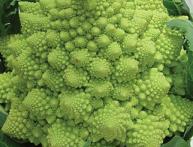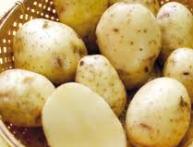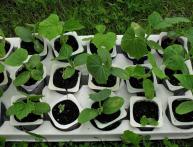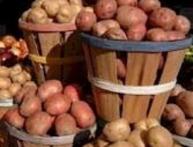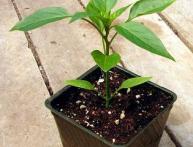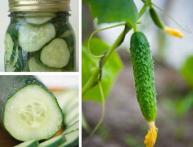Asparagus propagation and care
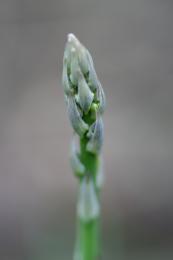
Propagating and caring for asparagus is not a difficult task. There are many types of asparagus, they vary greatly in appearance and have different purposes, some are large, some are not, some are prickly, others are not. Asparagus grows in various climatic zones, except Antarctica.
Mostly asparagus is bred for home decoration, but there is a type of asparagus - multileaf or as most people know as asparagus. It is not very popular among our gardeners and cooks, but this plant has a pleasant taste and has a number of useful properties.
Asparagus propagation and care:
- Rmultiply The plant can be divided by dividing the bush and seeds. Seed propagation is most often used, since it is not complicated; the plant grows well from seeds, even from a berry that has fallen anywhere.
The best time for sowing asparagus seedlings is spring (March, April). The seeds should first be soaked for two days, then placed in sawdust or on a wet cloth, where the seeds will germinate and then sown in containers with a distance of three cm from each other. However, asparagus seeds will germinate perfectly even when hung in open ground, the only thing is that the temperature should not be lower than twenty degrees; if it is lower, then germination of the seed will be delayed.
- Asparagus care. When the seedlings grow a little, they need to be thinned out, leaving only the strongest ones; in the first year the plant will not grow much, but the roots will form well.For the winter, it is better to cover the seedlings with spruce branches, and when the seedlings have five shoots, the plant can be transplanted to a permanent place in specially prepared holes.
If a decorative purpose is pursued, then it is better to give preference to female plants; if asparagus is needed for cooking, then it is better to plant male plants, they are more durable and productive. When a plant is planted, its hard roots should be straightened and the root collar should be buried in the soil. Asparagus needs to be watered and fertilized several times a year.
The harvest can be harvested already in the fourth year.

